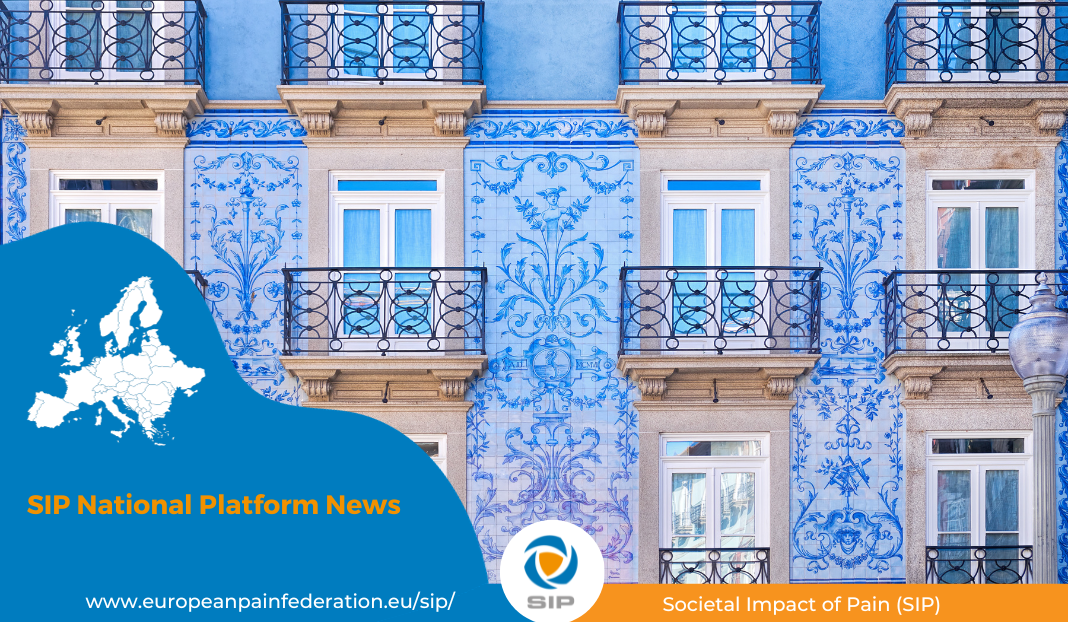On November 28th, during the SIP National Meeting, Maria Teresa Flor-de-Lima (SIP Portugal), delivered a comprehensive report on the plans addressing pain in Portugal.
In the late 1990s, the Health General Directorate (DGS) in Portugal recognised the imperative to enhance the approach to pain management. Collaborating with the Portuguese Association for the Study of Pain (APED), this collaboration resulted in the inception of the first strategic document, the National Plan for the Fight against Pain (PNLCD), officially approved by ministerial order on March 26, 2001. This initiative followed the launch of the National Day against Pain in 1999, making Portugal the first country in the world to establish a dedicated national day for pain awareness.
The National Plan for the Fight against Pain (PNLCD) was founded on the principles of Multidisciplinary Teams and Multimodal Treatment.
In 2008, an update introduced the National Pain Control Program (PNCD). This program established organization and classification standards for Chronic Pain Units, aligning with the IASP classification. Over the following decade, new objectives and strategies aimed to enhance the organizational capacity of healthcare services and improve models of good practice in addressing pain. Simultaneously, the DGS released guidelines covering pain evaluation, diagnosis (fibromyalgia), treatment in children and the elderly, opioid use, among others. Educational programs for health professionals, such as the one in the Azores in 2009, were implemented.
In 2012, the National Strategic Plan for Pain Prevention and Control (PENPCDor) was introduced.
The National Health Program 30, an essential health governance instrument at the national level, guides and facilitates the construction of a social commitment to achieve improvements in the health status of the population within the framework of the United Nations 2030 Agenda for Sustainable Development. The PNS is the outcome of a highly participative process, involving technical and scientific expertise, engagement from over 100 organisations both within and outside the health sector, and input from 114 entities and citizens who participated in the public consultation.
The slogan is “Giving Voice to Patients” and integrating patients, families, and caregivers into the clinical decision-making team, guiding patients in the centre of care.
